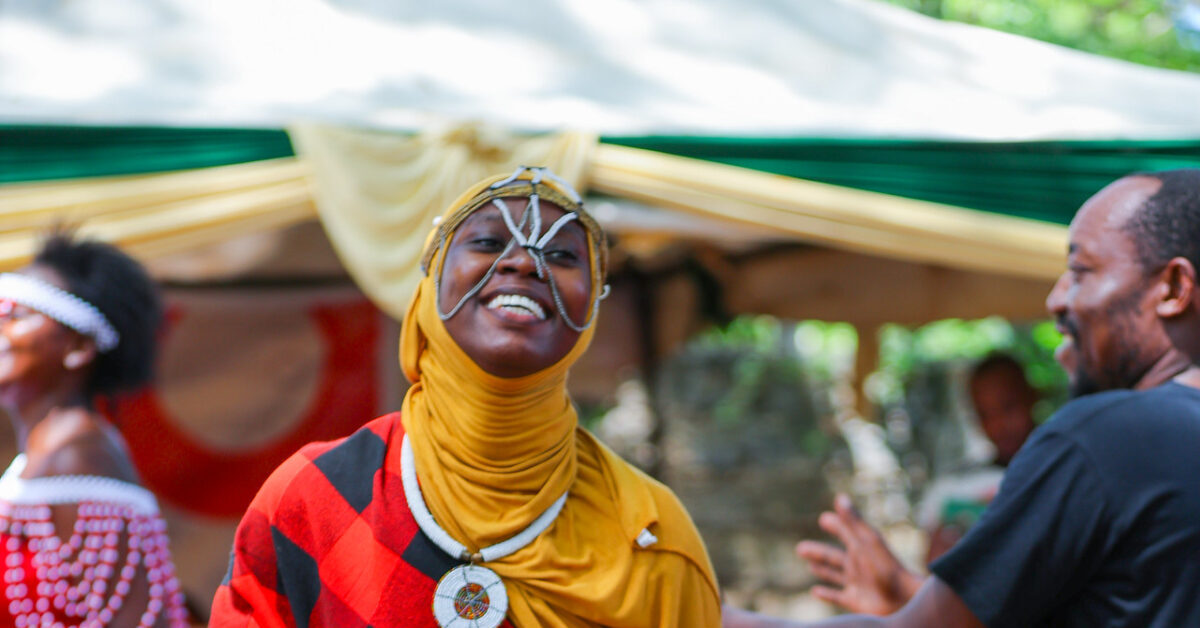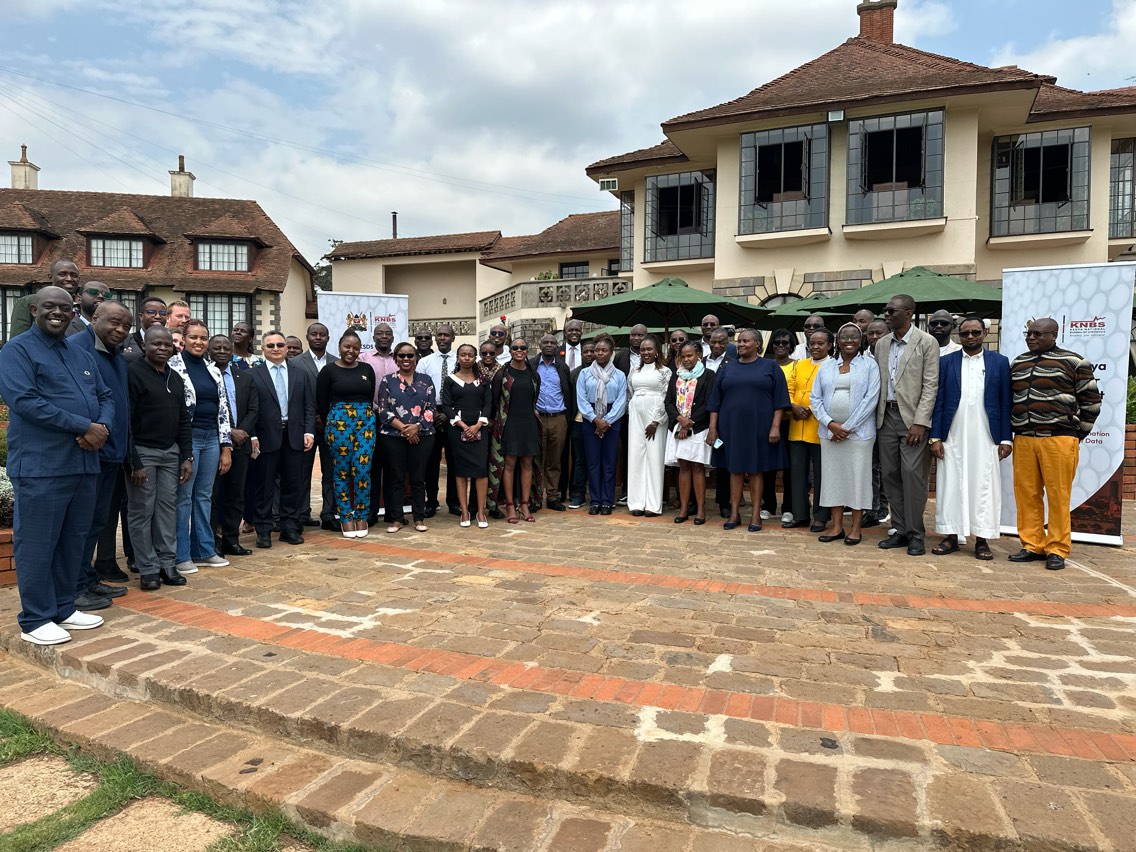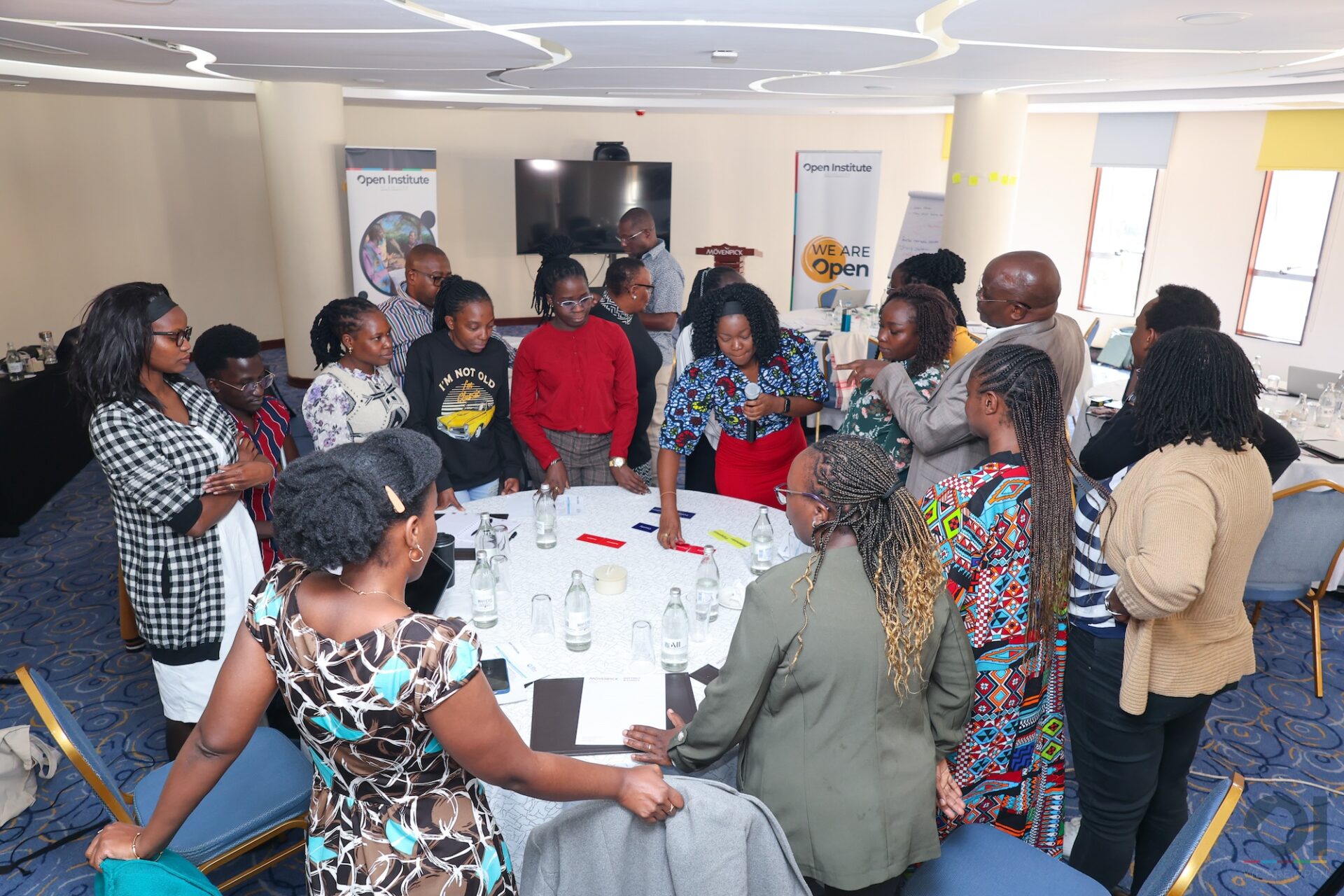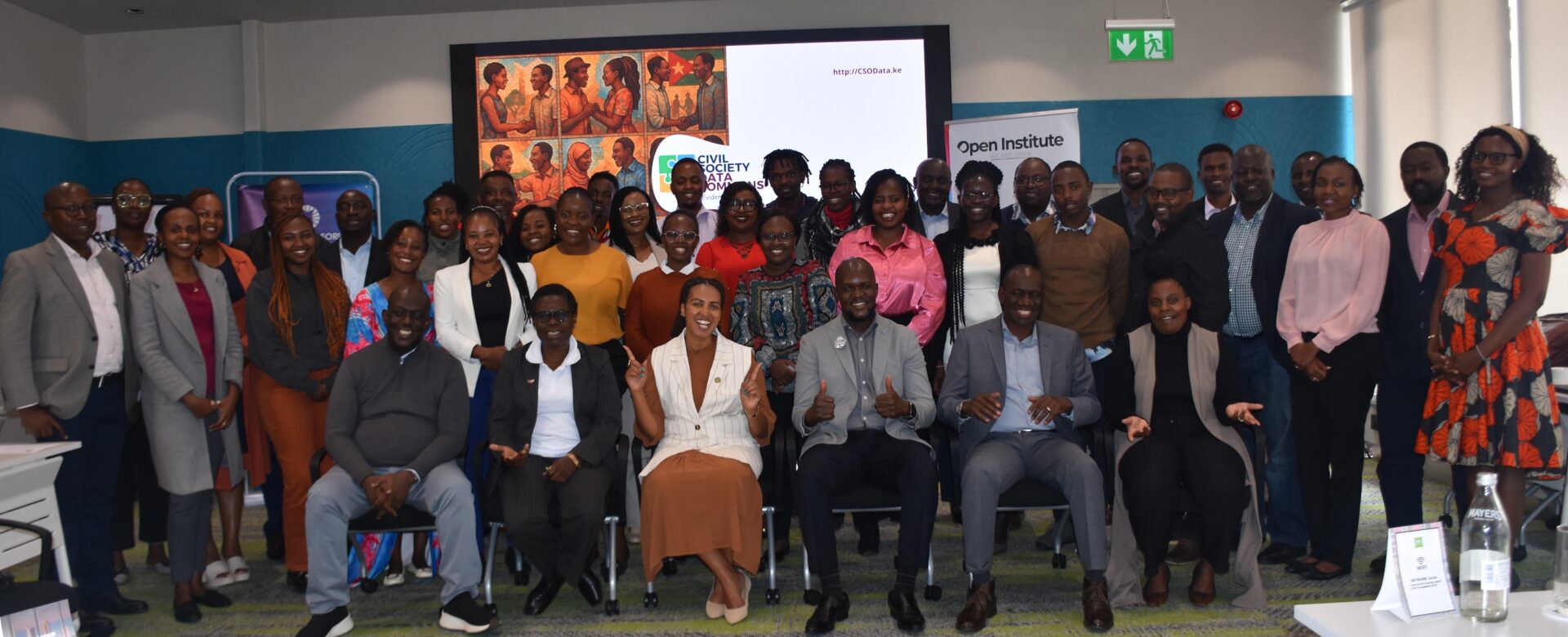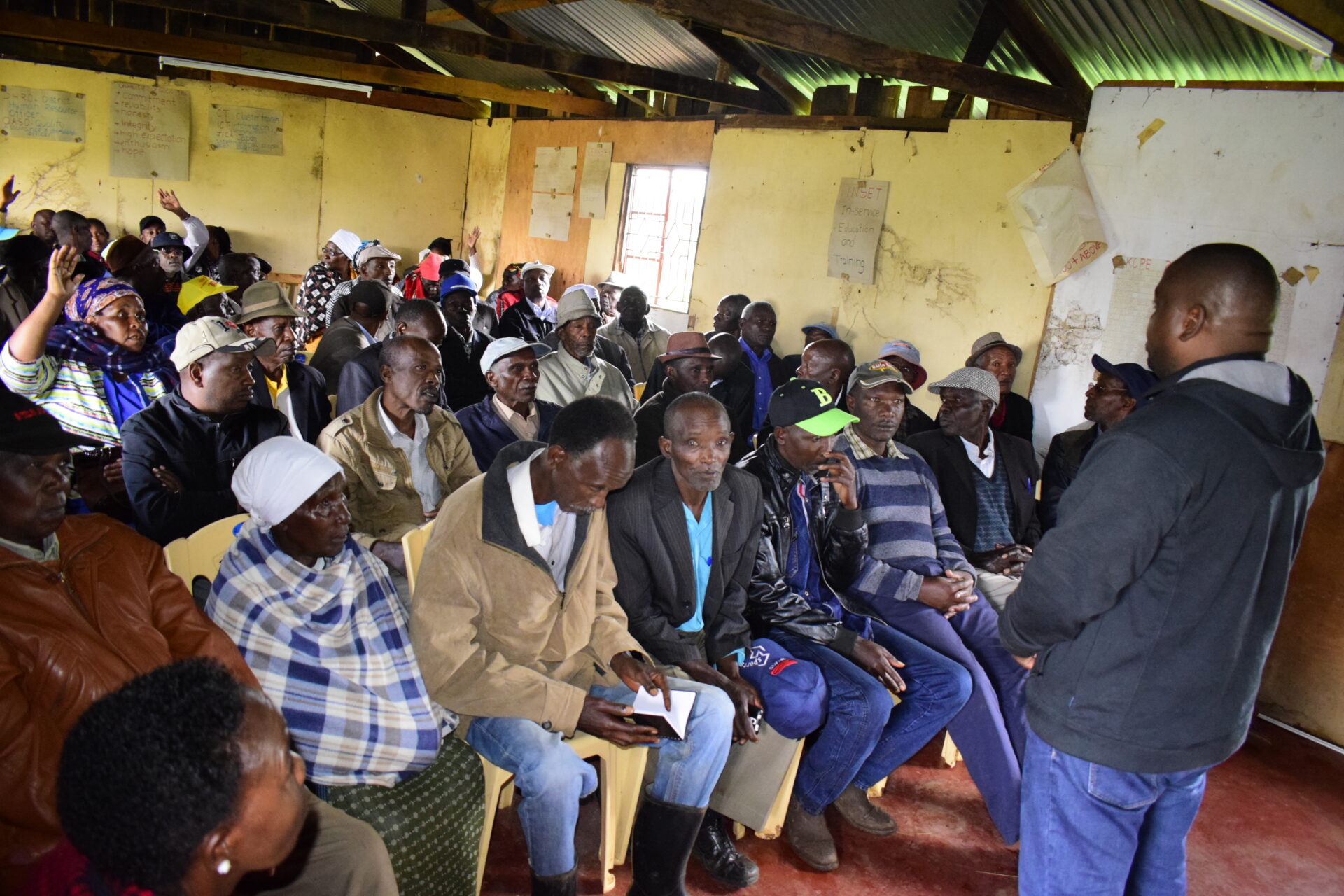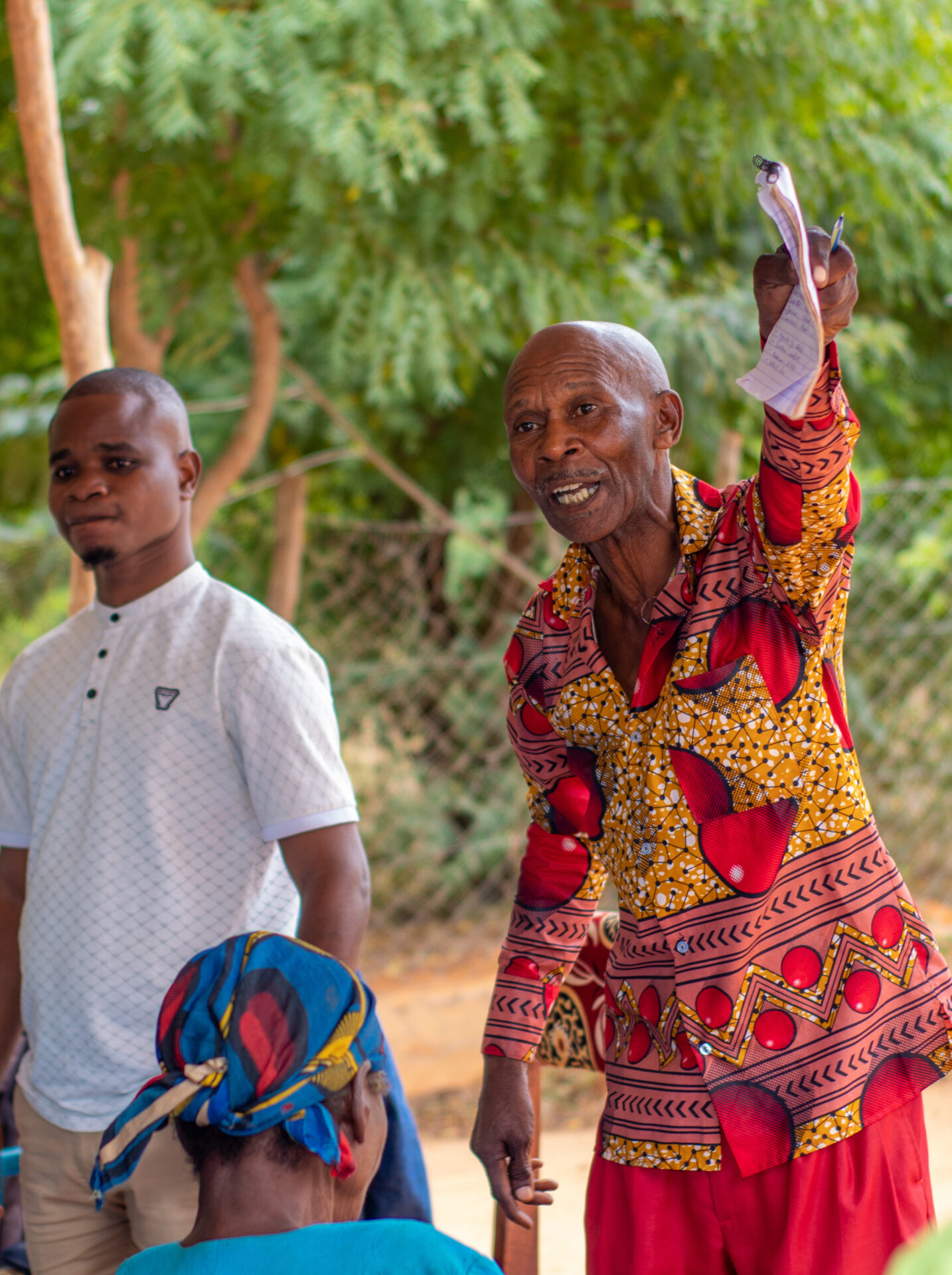When we started the Global Goals for Local Impact programme, we had a simple hypothesis: that when citizens are involved in the collection of the data that relates to their immediate lives, they are able to then take greater control of their destiny as a community. When they have facts about their lives, when they have data relating to their lives then they can participate even more in the development of their areas.
This proved to be true about a year after we started working in Lanet Umoja location together with Chief Francis Kariuki (The Tweeting Chief). You may recall our very first blogpost on this project, we took the position that that the Global Goals are best achieved village by village, upwards because it is easier to track the progress of development at those levels. It was with this position that we started working in Lanet Umoja location.
We met with the chief and his assistants and then brought together community leaders and introduced them to the SDGs and the importance of data in their development. We then formulated a way for the community to collect data using mobile phones (and that initial push did not work so well and so we were forced to revert to paper data collection). With the coordination of the administration officers – the chief and his assistants, the community leaders collected data from all of the households in Lanet Umoja location, going door to door and getting an extensive questionnaire filled.
Among the things they learnt was that there are more than 12,500 households in Lanet Umoja – 5000 more than the official population statistics in the government records. By the end of the process Chief Kariuki would be able to not only tell you the percentage of the community that is lacking different amenities e.g. toilets or water or electricity, but he would also be able to point you to the exact households that make up that number.
In partnership with Civicus, we did a deep dive into SDG5 specifically. We facilitated their deeper understanding of the SDG 5 Goal, its targets and indicators and together with them formulated a questionnaire to collect data that showed the situation of women in the location. We got the women to collect anonymized data from the women in the location.
It was exciting to see the community members review all of this data in their committees and during the Lanet Data Fair that we held at the close of the year. It was exciting to see them begin to appreciate the gaps in the community and to pick on their priorities.
It is these priorities that they presented to the county government as part of the public participation on budgeting for 2017-2018 financial year. At the community meeting where they handed over the memorandum, there was a discussion on what needs to be done. A solution that was found for example at the meeting was the identification of a one and a half acre piece of land, where the local dispensary would be built.
So here’s what we have learnt from the Lanet Umoja experience:
- That it is true that data is empowering and that everyone – even older folk, who may be uneducated in the techniques of data curation can use it to address their needs.
- That it is possible and cost effective for the government to work with the local administration (formerly called the provincial administration) in the strategic work of collecting data from every household. This model can be used by the government to collect data from every household in the community (and therefore county and country). There is room to investigate this as a model for conducting the census (more often than once every 10 years) and planning data.
- That data fosters a useful non-political conversation between citizens and the county government. In the case of Lanet, it was established during the meeting that the county government already had the money for a dispensary – one that the community cited as the top priority. The challenge that the county government officials noted was that they had not been able to identify the land that the dispensary could be built on. The community had a ready solution – in Murunyu sub-location sits a defunct cattle dip on a one and a half acre plot and they suggested that it be converted into the dispensary.
- That women can be the strongest drivers of a data driven community effort to improve the development of the area. In the work that we did with Civicus, the women were the bedrock of the data collection efforts. They mobilised and advocated with dedication and they proved to be the administrations greatest partners.
As we start scaling up the project to four other locations in Nakuru North and perhaps in Wajir (together with Oxfam), we shall be taking these lessons seriously.



